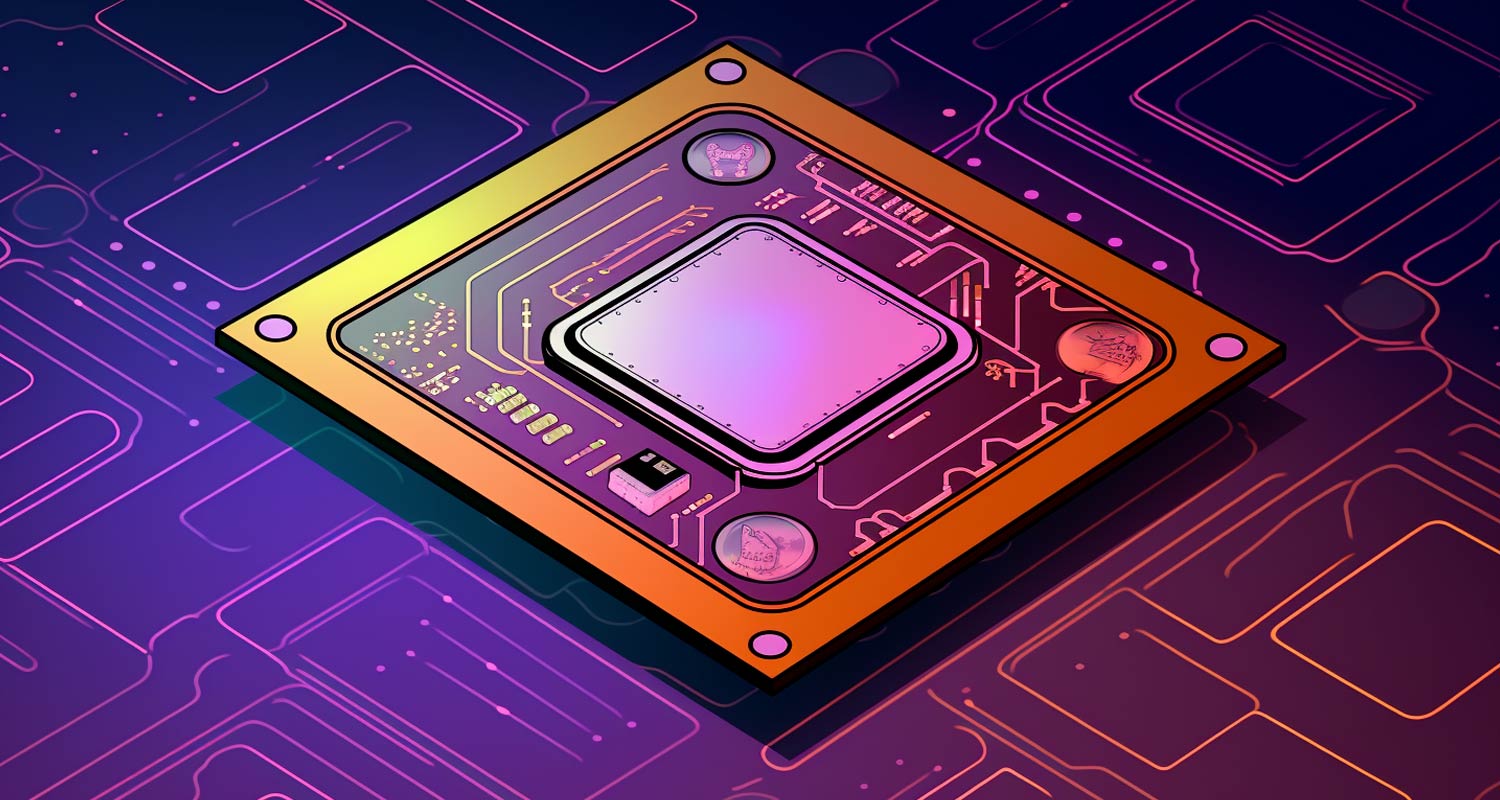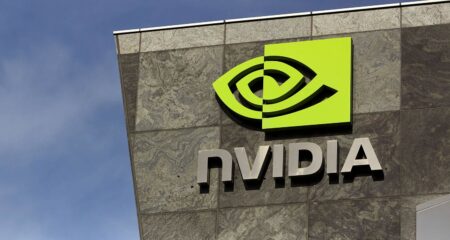 SoftBank Group’s ARM Holdings reported a 1% fall in annual revenue due to a slowdown in smartphone sales, after the chip designer disclosed the paperwork for an initial public offering (IPO) that is expected to be the largest of the year.
SoftBank Group’s ARM Holdings reported a 1% fall in annual revenue due to a slowdown in smartphone sales, after the chip designer disclosed the paperwork for an initial public offering (IPO) that is expected to be the largest of the year.
ARM’s stock market launch is expected to bring back to life a lacklustre IPO market, which has over the last year seen several high-profile start-ups postpone their listing plans due to market volatility. The British firm has weathered the chip industry downturn better than most and is moving into segments that are still booming, such as cloud computing.
For the year ended 31 March, ARM’s sales declined to US$2.68-billion, hurt mainly by a slump in global smartphone shipments. Sales for the quarter ended 30 June fell 2.5% to $675-million.
ARM said that more than 50% of its royalty revenue for the most recent fiscal year came from smartphones and consumer electronics. The global smartphone market is on track to hit a decade low this year, according to Counterpoint Research. ARM’s modest decline in revenue, despite heavy reliance on smartphones for royalties, suggests that its per-chip rates have increased.
The company, whose chip technology powers most smartphones including iPhones, did not reveal the number of shares it is planning to sell and the valuation it will seek. Reuters has previously reported that SoftBank plans to sell about 10% of ARM’s shares in the IPO and seek a valuation of between $60-billion and $70-billion for the chip designer.
ARM was earlier planning to raise between $8-billion to $10-billion from the IPO, but is now expected to raise less capital, after SoftBank bought the 25% stake in ARM it did not directly own from its Saudi-backed Vision Fund. SoftBank confirmed the deal with the Vision Fund in its filing on Monday.
ARM’s history
Founded in 1990, ARM was launched as a joint venture between Acorn Computers, Apple (when it was known as Apple Computer) and VLSI Technology. The company was publicly listed on the London Stock Exchange and the Nasdaq from 1998 until 2016 when SoftBank took ARM private for $32-billion.
SoftBank began preparations for an IPO of ARM after a deal to sell the company to Nvidia for $40-billion collapsed last year over objections from US and European antitrust regulators.
ARM makes money from upfront licensing fees for technology and then a royalty paid on each chip sold by its customers. The company has been expanding those royalty revenues, saying that the newest version of its technology has the “potential to drive our royalty opportunity per device even higher”, according to its filing.
ARM’s chip designs dominate the smartphone industry, but they are also used in laptops made by Apple and some Windows machines. Its technology has also gained 10% market share in cloud computing, where ARM-based chips are used in networking as well as the central processors in servers.
 The one place where ARM has yet to make major inroads is in the artificial intelligence market, where Nvidia is the leading player, though Nvidia does offer an ARM-based processor as part of one of its “superchip” offerings that combines an AI chip with a traditional central processor.
The one place where ARM has yet to make major inroads is in the artificial intelligence market, where Nvidia is the leading player, though Nvidia does offer an ARM-based processor as part of one of its “superchip” offerings that combines an AI chip with a traditional central processor.
ARM said 24% of its revenue came from China in its most recent fiscal year. That is broadly in line with many other companies in the semiconductor industry, but ARM’s revenue all comes through ARM China, a separate company in which it has only an indirect 4.8% stake.
ARM said that export controls imposed by the US and British governments and a general downturn in the Chinese economy mean that “we expect to continue to see declining royalty revenues, and we could see a decline in licensing revenues, derived from” China. — Manya Saini, Jaiveer Shekhawat and Stephen Nellis, with Max Cherney and Echo Wang, (c) 2023 Reuters




